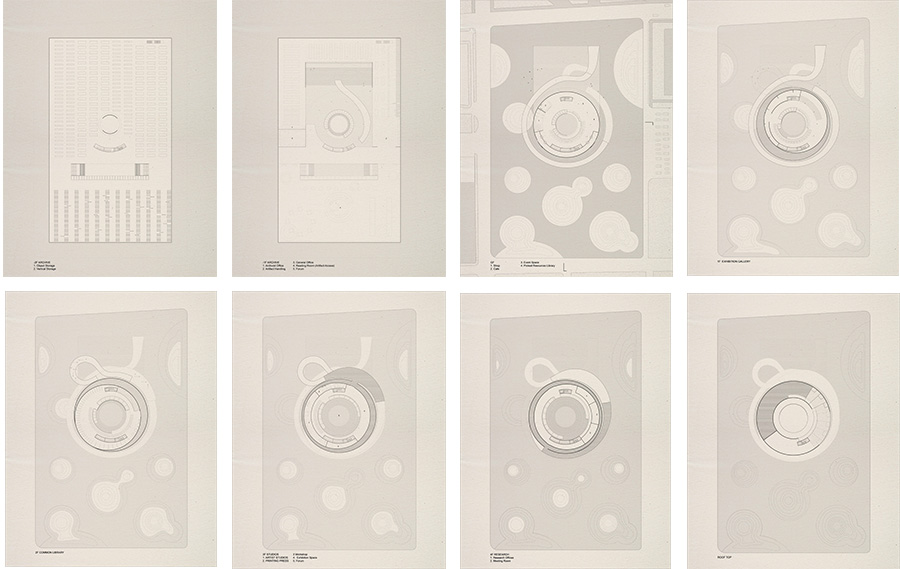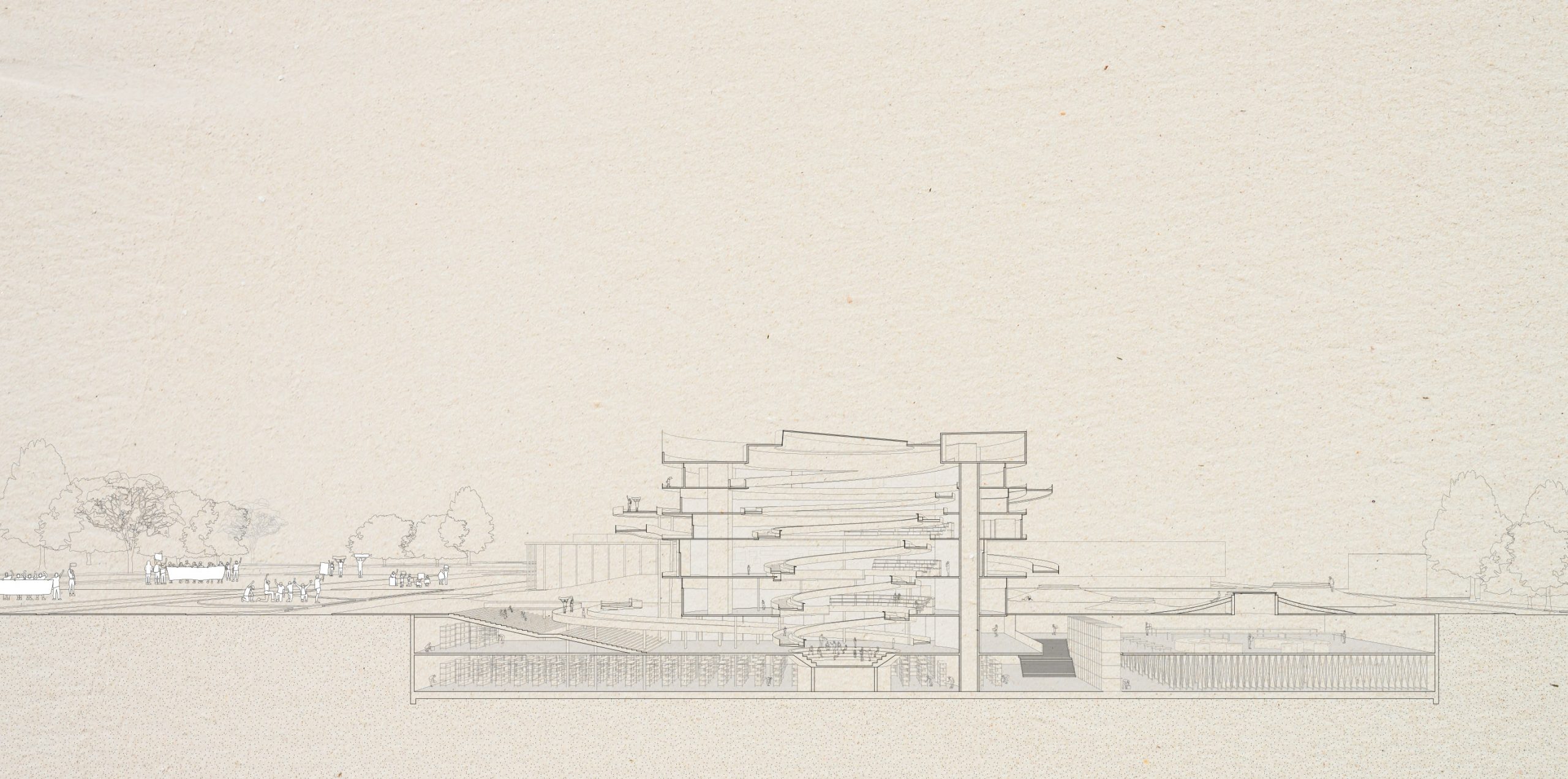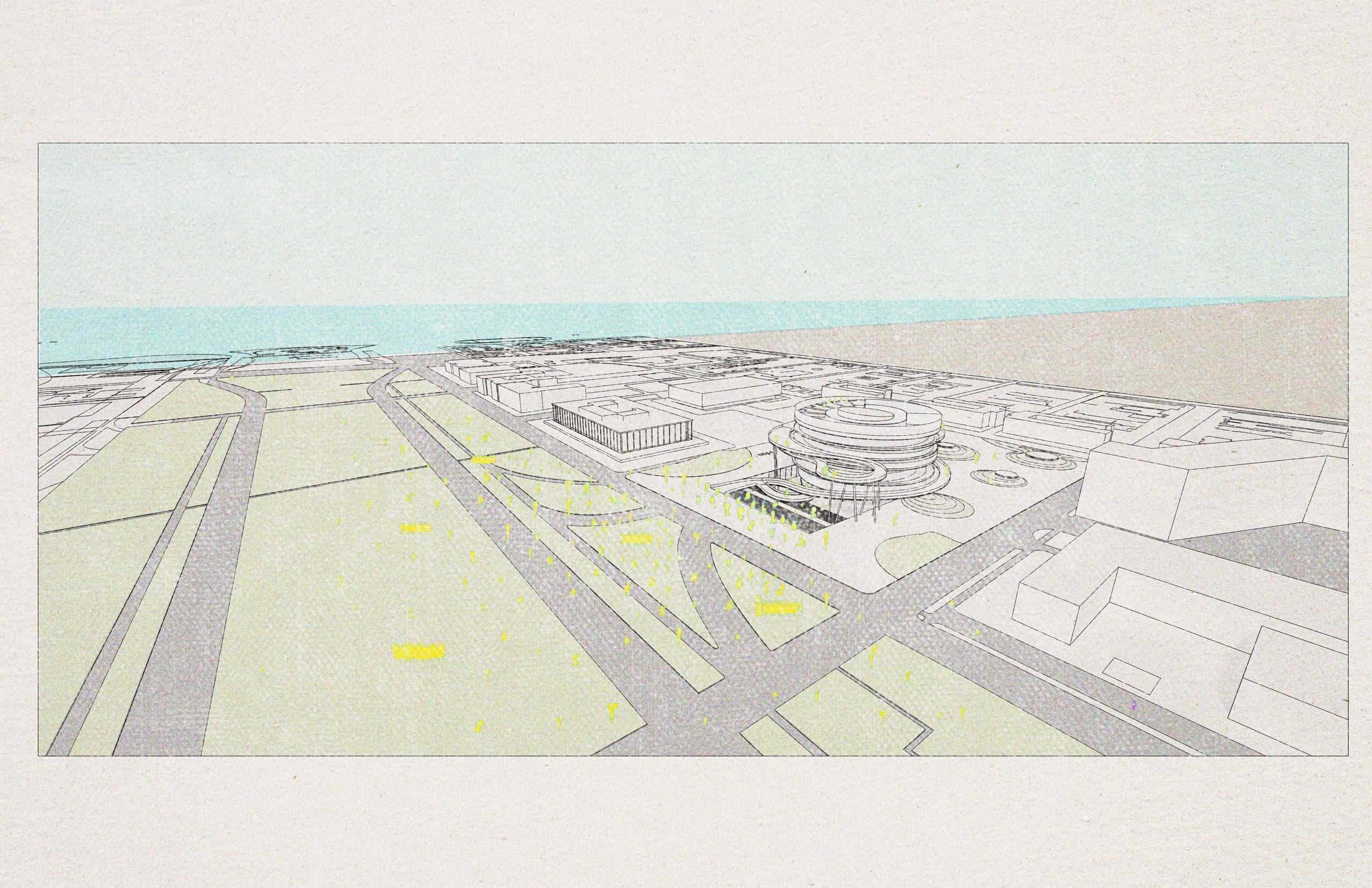the full presentation can be viewed here
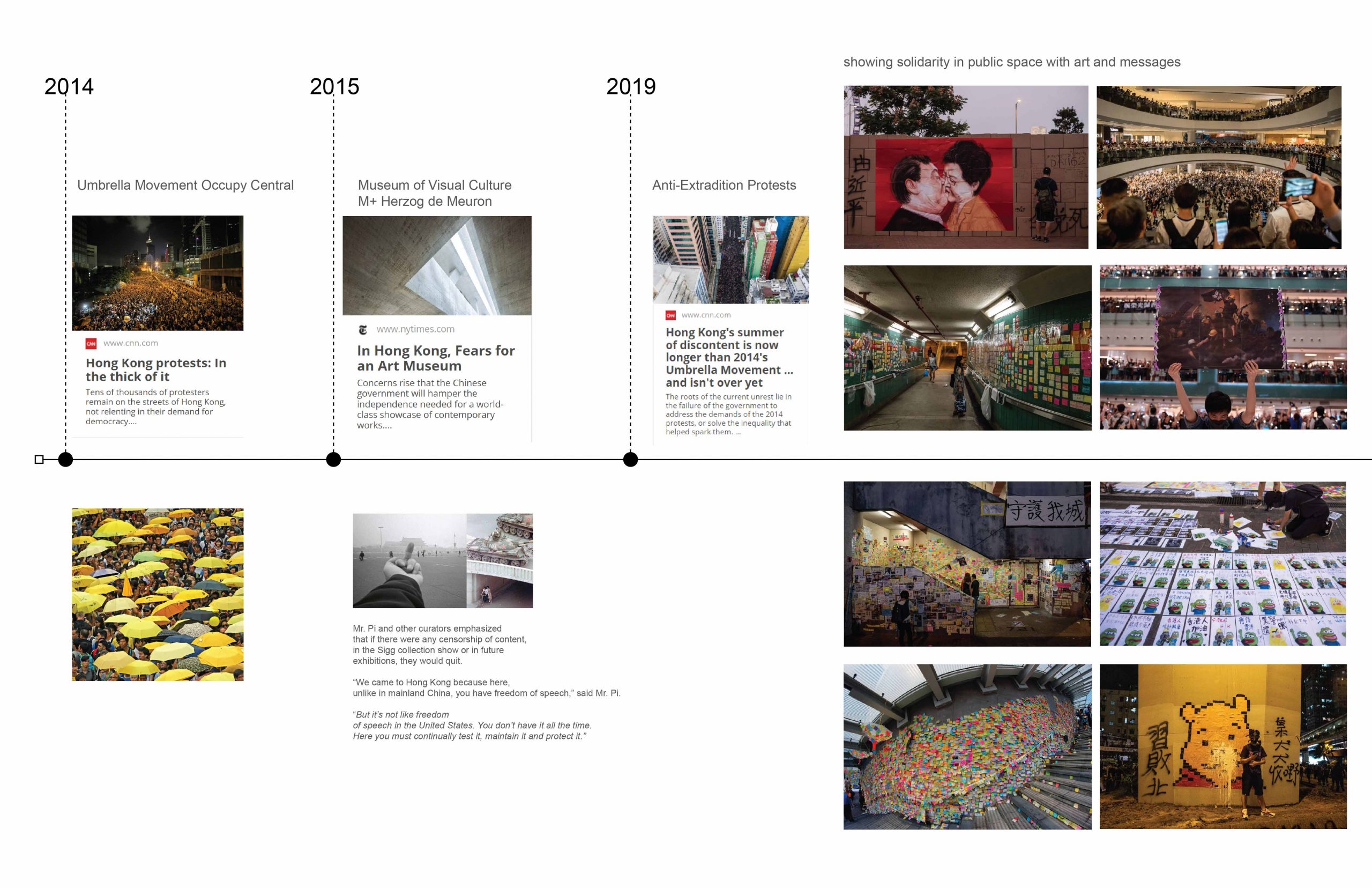
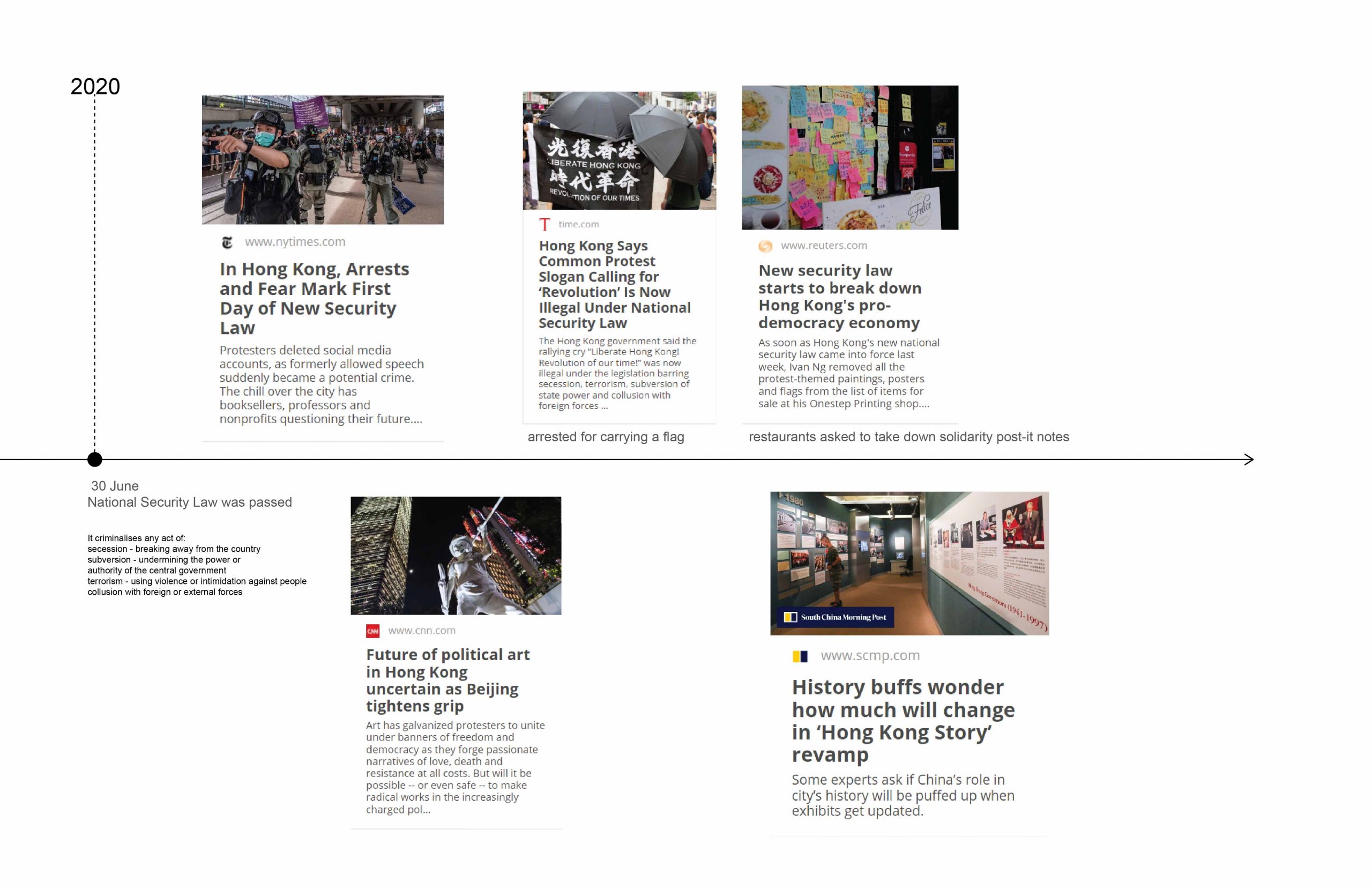

There are more than 100 ongoing anti-government conflicts around the world. This thesis takes protests in Hong Kong as a point of departure. In 2014, protesters demanded universal suffrage and occupied the busiest streets in Admiralty for 79 days. Protest camps were set up as stations for distributing resources such as food and water, places for announcements, and for the press. Shortly after the events, local artists, as well as curators of the M+ Museum, have stressed the concerns of self-censorship.


In 2019, Hong Kong started another year-long series of protests, in response to the government’s plans to allow extradition to mainland China. Protest art and posters have taken over walls of public space that showed solidarity and reflected the spirit of the protests. Walls covered in post-it notes are named after the original Lennon Wall in Prague.
After the National Security Law was passed in 2020, artifacts of such kind were no longer allowed on the streets, no longer to be found in public. The vulnerability of these artifacts reflects the ephemeral nature of social movements.

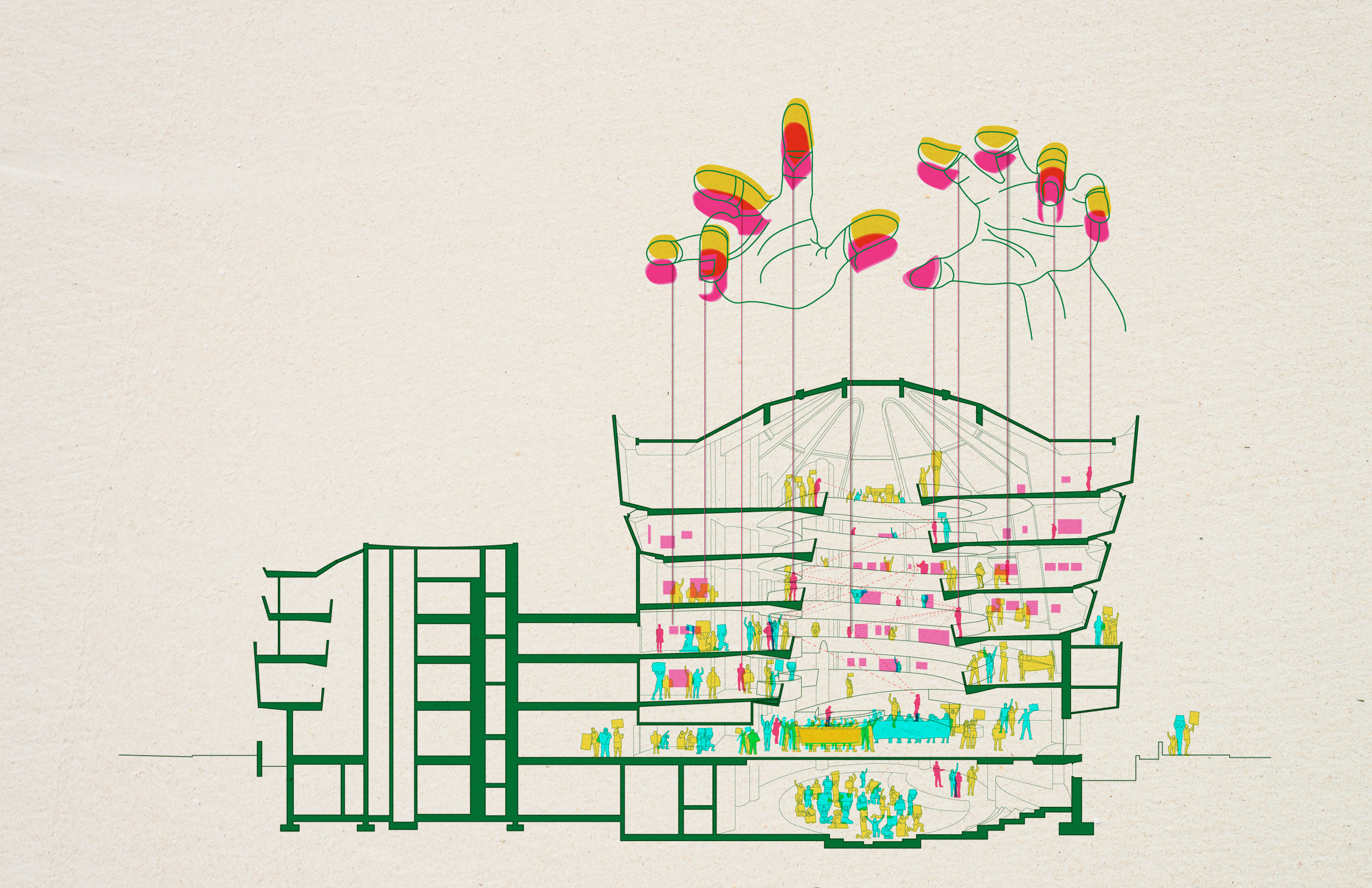
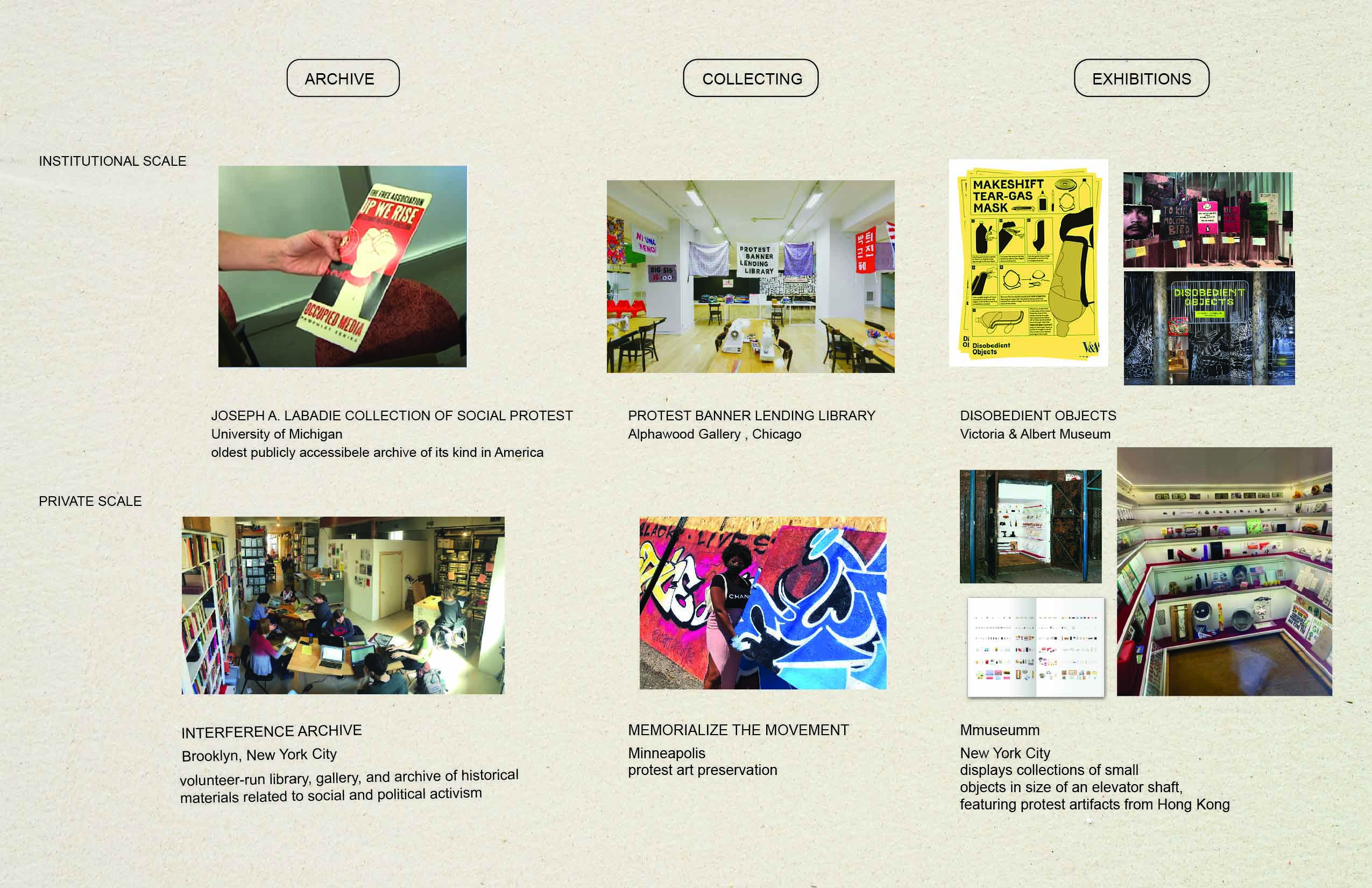
Besides protesters from rallies, other actors also play a significant role in the success or failure of social movements. The hands of the curators- controlling the narratives of the collections and the behaviors of a museum. These two drawings provoke the possibility of using museums for social discourse. The multifaceted liminal power museums embody offers thresholds to stage protests and discussions. This thesis proposes a more democratic curatorial approach for museums, without the fear of external pressure and the need for censorship.
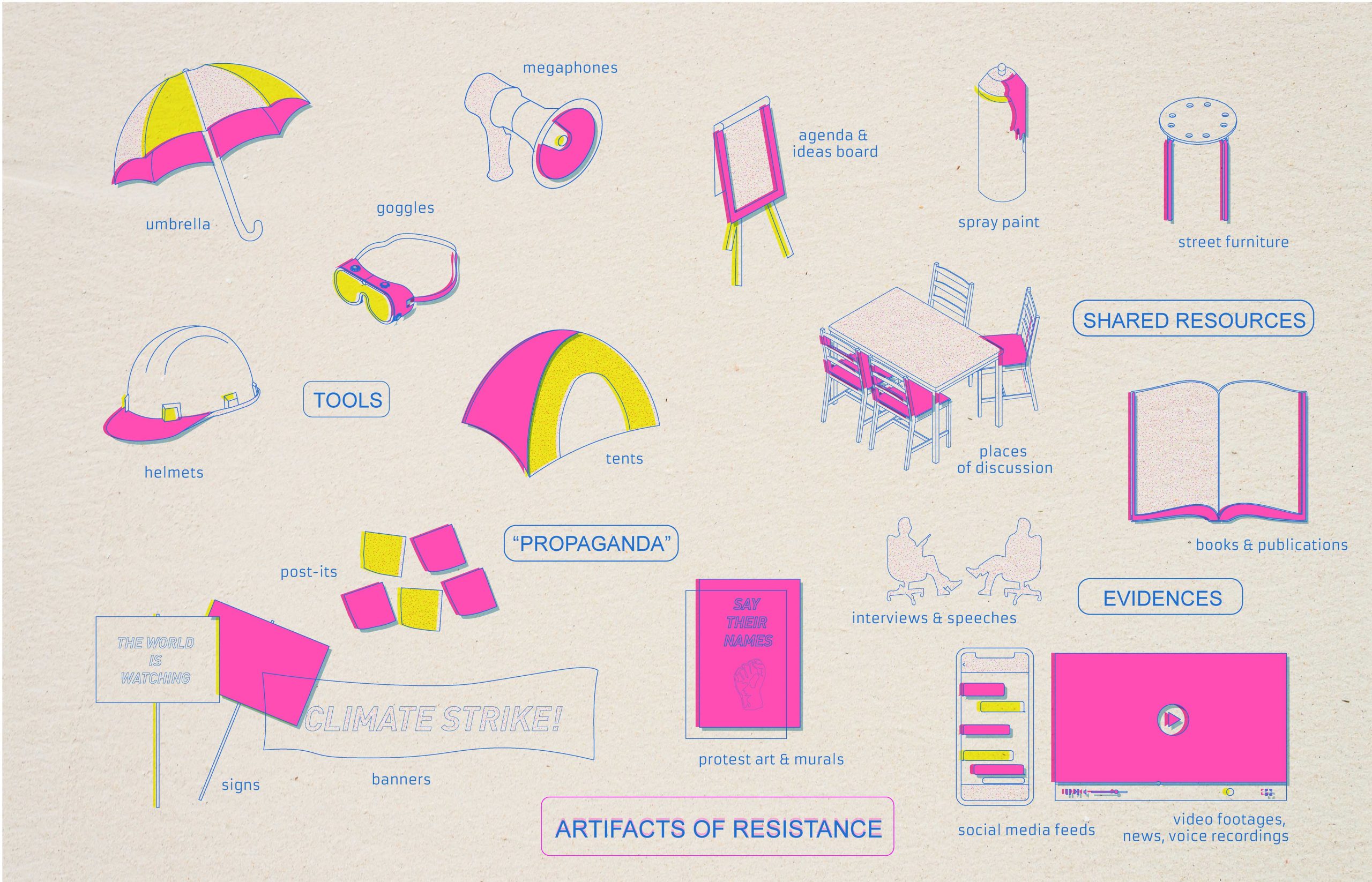
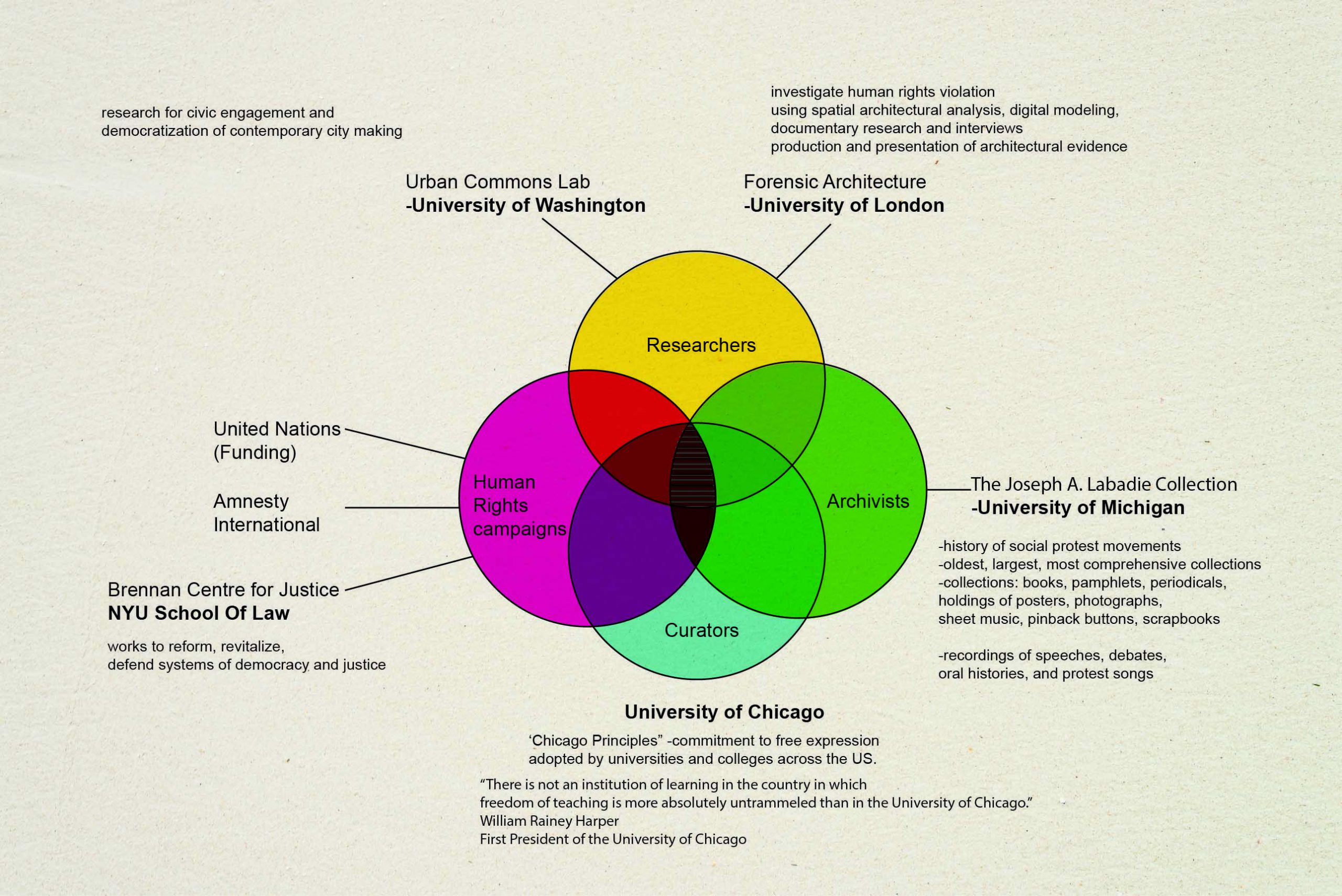
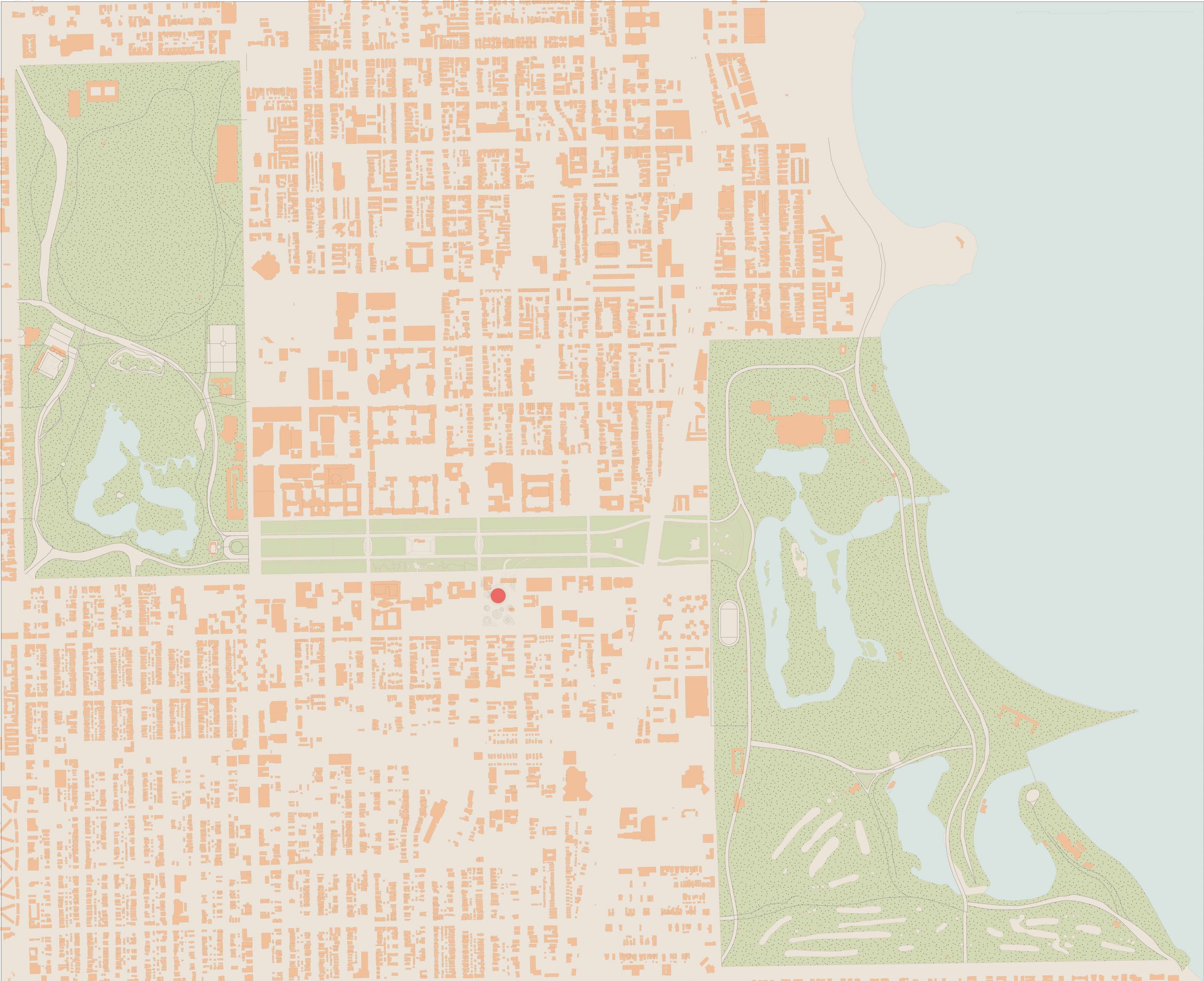
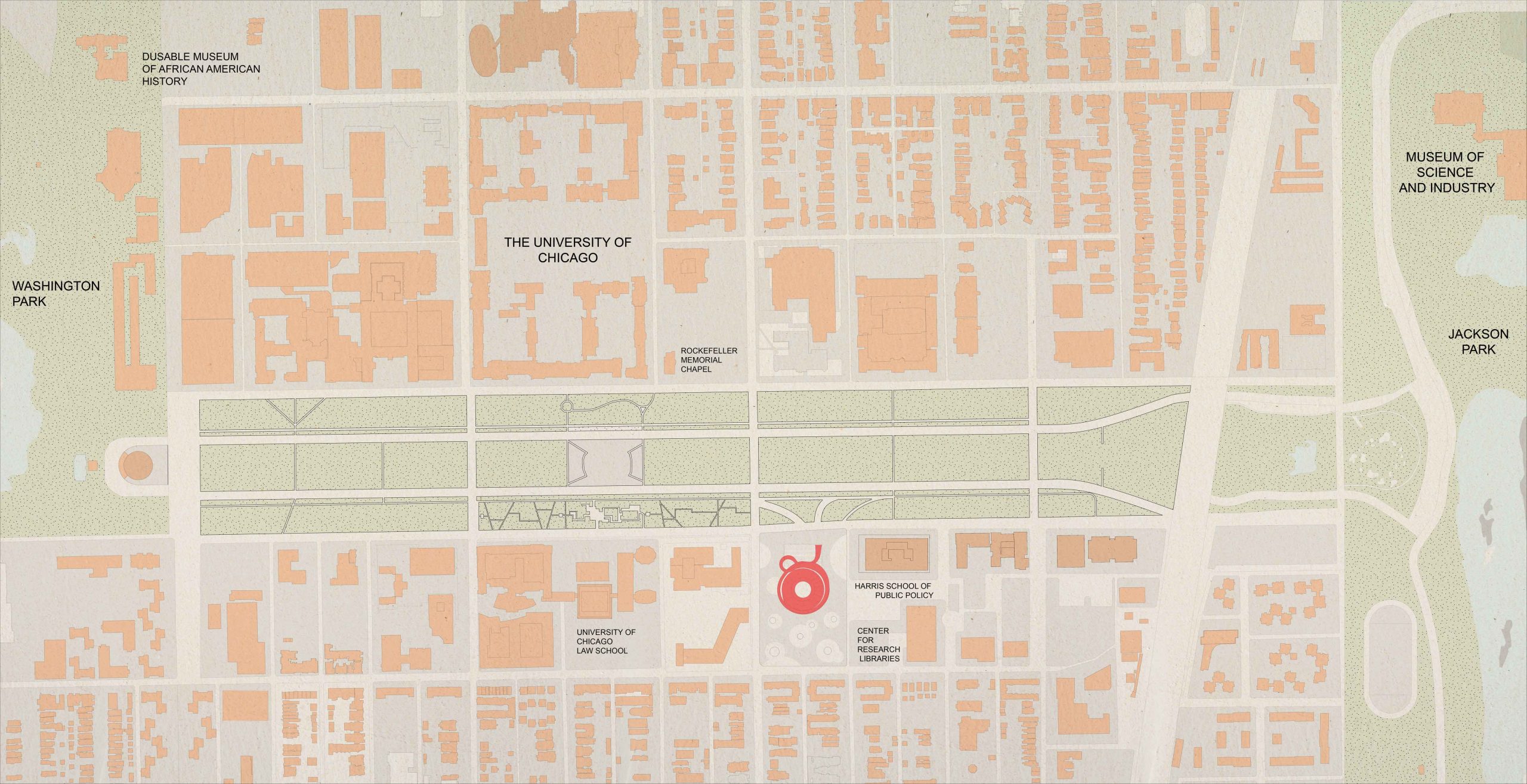

Chicago has a rich history of protests. The timeline indicates the major protests and riots of Chicago since the 1850s and their locations are mapped yellow. This map was generated by a collection of data of the dates, locations, sizes, and reasons behind all the protests in Chicago since 2017. The Black Lives Matter protests are in blue, some of which include sections of the Dan Ryan Expressway. The most frequent locations for protests are in pink. They include the Trump Tower, Daley Plaza, Federal Plaza, Millennium and Grant Park as well as The Field Museum.

